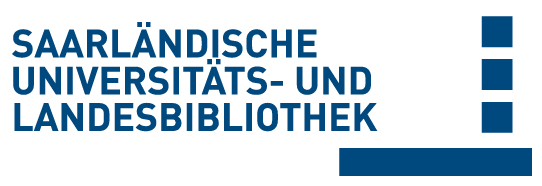Please use this identifier to cite or link to this item:
doi:10.22028/D291-45759 | Title: | Neurocognitive effects of CSF biomarkers in idiopathic normal pressure hydrocephalus patients undergoing VP shunt placement |
| Author(s): | Spielmann, Hannah Lepshokov, Magomed Prajsnar-Borak, Anna Wagenpfeil, Gudrun Oertel, Joachim |
| Language: | English |
| Title: | Neurosurgical Review |
| Volume: | 48 |
| Issue: | 1 |
| Publisher/Platform: | Springer Nature |
| Year of Publication: | 2025 |
| Free key words: | Hydrocephalus Normal pressure hydrocephalus Shunt therapy Shunt valve adjustment CSF biomarkers Neurocognition |
| DDC notations: | 610 Medicine and health |
| Publikation type: | Journal Article |
| Abstract: | Idiopathic normal pressure hydrocephalus is an increasingly prevalent neurodegenerative condition among the elderly, characterized by the Hakim triad. Accurate diagnosis and prognosis are essential since the symptoms can be reversible with appropriate treatment, such as VP-shunt surgery. This study investigates the relationship between cerebrospinal fluid biomarkers, particularly Tau, Phospho-tau, the beta-amyloid ratio (Aβ42/Aβ40), and neurocognitive outcomes post surgery. Eighty patients diagnosed with iNPH who underwent shunt placement between November 2021 and July 2023 were included. A comprehensive neuropsychological test battery was administered before, one hour after, and one day after lumbar puncture, and six weeks and three months post-surgery. CSF samples were analyzed for tau, phospho-tau and the beta-amyloid ratio. Neuropsychological tests assessed various cognitive functions, including executive functions, psycho motor speed, language, and memory. Patients with a higher beta-amyloid ratio showed significant cognitive improvement post-surgery. Neuropsychological tests, such as the DemTect and Trail Making Test A & B indicated enhanced perfor mance over time, particularly at the three-month follow-up. Conversely, the MMSE did not show significant improvement. The data suggest that the beta-amyloid ratio is a potential prognostic marker for positive neurocognitive outcomes follow ing VP-shunt surgery. The beta-amyloid ratio (Aß42/Aß40) may represent a valuable prognostic biomarker for predict ing cognitive improvement after VP-shunt surgery. Patients with higher ratios exhibited better neurocognitive outcomes, emphasizing the importance of comprehensive neuropsychological assessments. These findings support the potential of personalized treatment strategies based on biomarker analysis to optimize patient selection and improve outcomes for iNPH patients undergoing VP-shunt surgery. |
| DOI of the first publication: | 10.1007/s10143-025-03609-8 |
| URL of the first publication: | https://link.springer.com/article/10.1007/s10143-025-03609-8 |
| Link to this record: | urn:nbn:de:bsz:291--ds-457597 hdl:20.500.11880/40219 http://dx.doi.org/10.22028/D291-45759 |
| ISSN: | 1437-2320 |
| Date of registration: | 3-Jul-2025 |
| Description of the related object: | Supplementary Information |
| Faculty: | M - Medizinische Fakultät |
| Department: | M - Medizinische Biometrie, Epidemiologie und medizinische Informatik M - Neurochirurgie |
| Professorship: | M - Prof. Dr. Joachim Oertel M - Prof. Dr. Stefan Wagenpfeil |
| Collections: | SciDok - Der Wissenschaftsserver der Universität des Saarlandes |
Files for this record:
| File | Description | Size | Format | |
|---|---|---|---|---|
| s10143-025-03609-8.pdf | 2,05 MB | Adobe PDF | View/Open |
This item is licensed under a Creative Commons License


